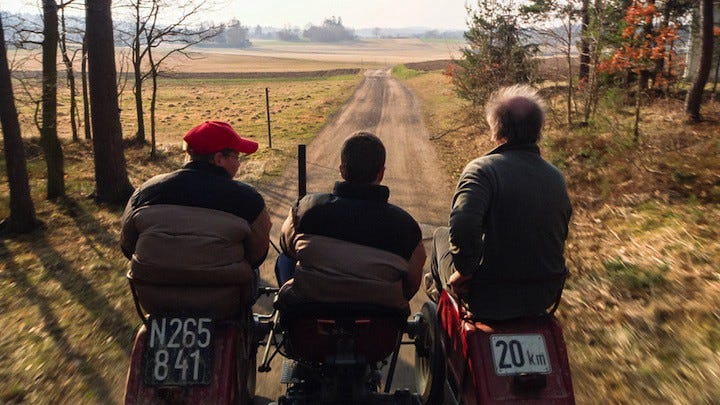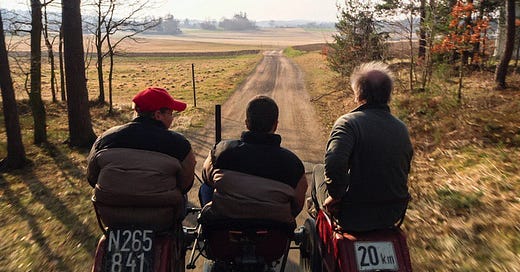‘Over the Years’ Is a Humble Epic of Life and Work

Are we shaped by the work we do?
Nikolaus Geyrhalter poses this question to an Austrian factory worker, one of the last remaining employees of the Anderl textile plant in Austria’s rural Waldwiertel region. The man’s answer is almost beside the point. The early scenes of the film speak for him. Over the Years begins with a clear argument that yes, the ag…
Keep reading with a 7-day free trial
Subscribe to Nonfics to keep reading this post and get 7 days of free access to the full post archives.



